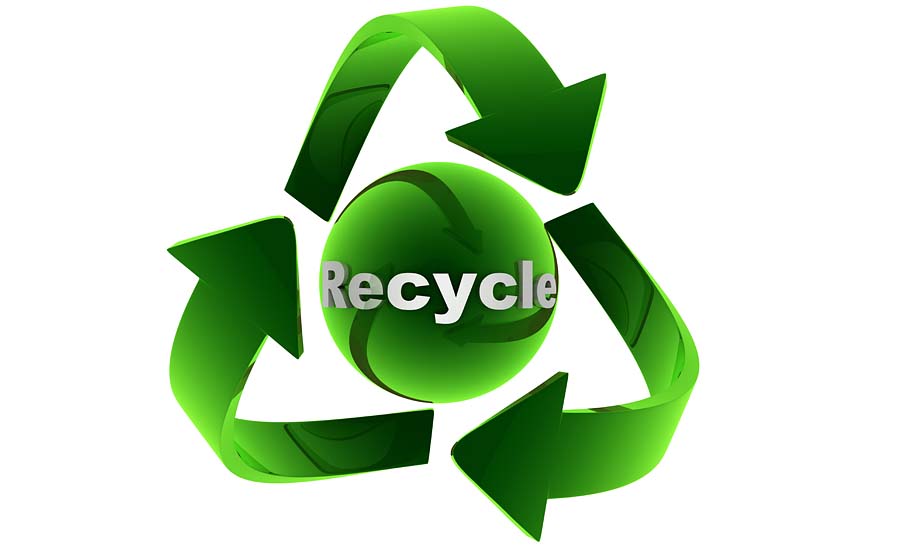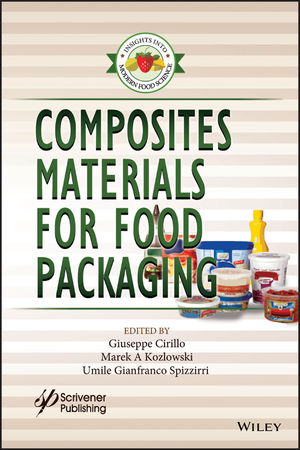Study: 93% of consumers still expect to be able to recycle glass
The survey also revealed important differences in perceptions, trends and concerns among the groups.

Ninety-three percent of residents and consumers still expect to be able to recycle glass, according to members of the recycling value chain.
The 2nd annual survey by the Glass Recycling Coalition (GRC), Ann Arbor, Mich., queried more than 300 public-sector representatives, top glass industry professionals and material recovery facility (MRF) operators in an open survey that took place May-June.
The survey also revealed important differences in perceptions, trends and concerns among the groups. Key findings include:
• Public-sector representatives were less concerned than they were last year about glass recycling conditions, and concern decreased by 14%. Public-sector respondents were also significantly less concerned about glass contamination and end markets for recycled glass compared to last year. MRFs and glass industry representatives’ concerns, however, increased by 14% over the last year.
• Influenced by poor current market conditions for all recyclables, increased contamination and rising quality standards, 54% of public-sector respondents named enhanced consumer education as their top program change. More than 33% listed no program changeover last year, and nearly 19% responded that they have changed their list of acceptable items.
• Respondents facing glass recycling challenges say that information on types of glass end markets, case studies of local governments making glass recycling work and information on grant funding for glass recycling would be helpful tools.
• Public-sector respondents named resident satisfaction, landfill diversion and sustainability goals as their top priorities. Meanwhile, public-sector and glass industry respondents reported that consumers’ desire to recycle glass is a primary reason that glass should be recycled. MRF respondents did not reveal a similar pressure in decision-making to act on customer’s desires.
• Nearly 80% of total respondents—an increase of 30% over 2017 findings—believe that cost for collecting and processing all recyclables, not solely glass, should be shared among manufacturers, haulers, the public sector, MRFs and end markets.
• Transportation, price paid per ton and highest and best end use were the Top 3 determining factors of where glass was sold by MRFs. More than half of public-sector and glass industry respondents facing glass recycling challenges expressed interest in public-private partnerships and grants to improve glass recycling and help them achieve their goals.
“For the past two years, GRC has offered several important resources for the glass recycling value chain to make glass recycling work, including nationally recognized subject matter expert webinars, trend monitoring, best practices and case studies. The GRC also offers a decision-making tool and maps to glass infrastructure in response to local needs,” says Richard Hoch, Diageo and GRC leadership and founding GRC member company.
Looking for a reprint of this article?
From high-res PDFs to custom plaques, order your copy today!








